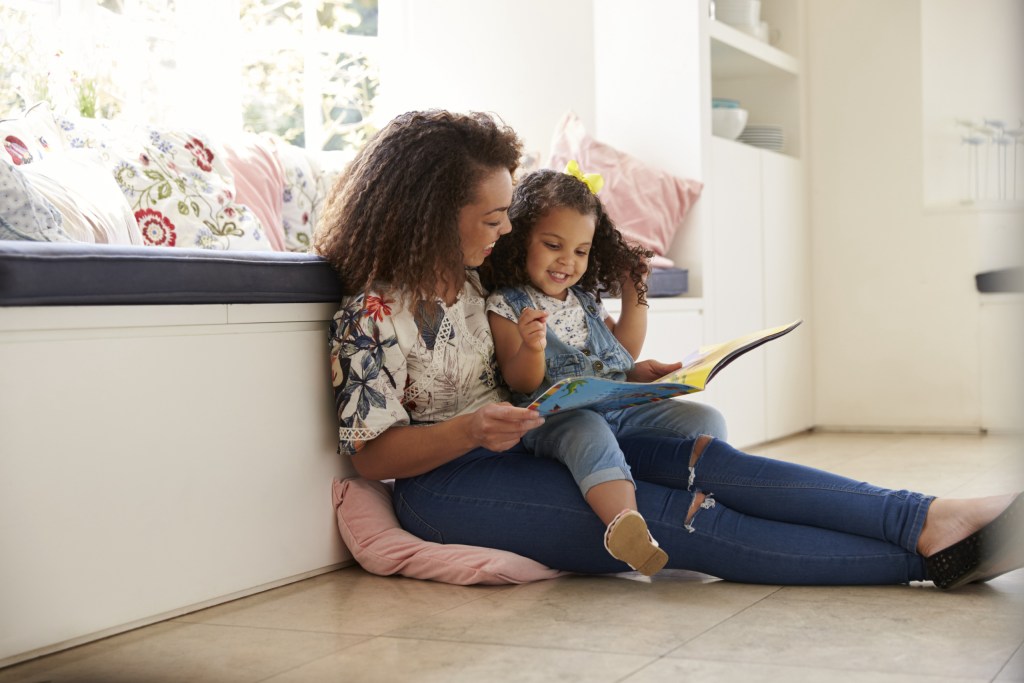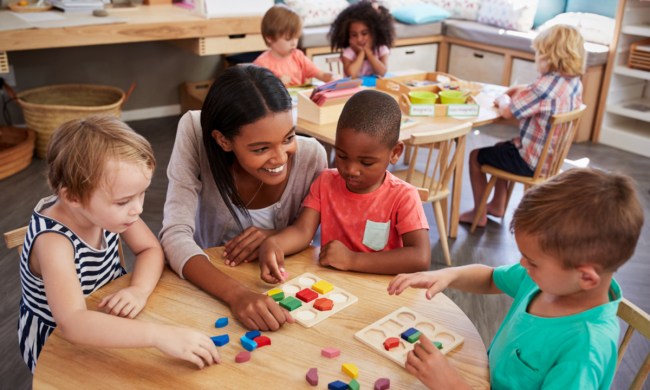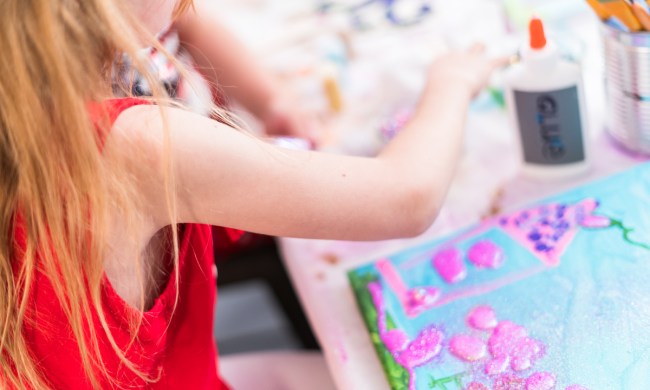It’s hard enough for grown-ups to talk about their feelings. Asking a toddler to understand and cohesively express complicated emotions is a bit of a lofty request. At times, it can feel like a completely futile one. Happiness, sadness, excitement, and nervousness are more than just vocabulary words for a little one to learn. These are emotions that have real mental and physical manifestations in kids and adults. They can make our hearts race, our palms sweat, and our tears fall. It’s not easy for toddlers to wrap their little brains around how feelings impact their bodies and minds. It’s confusing, to say the least. Adults are still trying to fully understand their emotions.
One way to help your little one process their feelings and find the right words to use when expressing them is through reading. Nothing puts things into perspective like a little parent-child story-time session. So, curl up together on the couch, cuddle in, and calmly flip through a few sweet, silly, and meaningful books that seek to define and describe how our feelings affect everything we do.
Not sure what children’s books make for a great read on the subject of feelings? We’ve rounded up 10 toddler books about feelings to help you teach your child to channel and express their emotions in a productive way. Whether your tyke is going through a difficult behavioral stage, exploring new friendships, or struggling with change, these feeling books for toddlers can help your kiddos identify and navigate all those confounding emotions and hard-to-articulate thoughts going through their heads.

Best feeling books for toddlers
Reading to kids is a great way to spend quality time and help them down the road to becoming a lifelong reader. It’s also a perfect pick for teaching toddlers about their feelings. Add these feeling books to your library for bedtime or anytime reads.
Lots of Feelings, by Shelly Rotner
A picture is worth a thousand words, especially when you’re trying to explain a difficult concept to a child. This is one of our favorite books about emotions for toddlers. It offers real-life photographs of children to show the facial expressions that accompany common feelings. It’s a great way to give kiddos visual cues to help them express their feelings and decode those of the people around them.
The Way I Feel, by Janan Cain
Young kids don’t have the vocabulary to tell you what is bothering them, why they’re agitated, or if they’re feeling super silly (although incessant giggling is always a tip-off). Their pent-up emotions may explode with energy — in a good or bad way. This book gives kids the rudimentary language they need to learn to be able to express the highs and lows they experience on a day-to-day basis.
Today I Feel Silly: And Other Moods That Make My Day, by Jamie Lee Curtis
Toddlers can be fickle. The slightest little thing can send a little kid spiraling and pivot his or her mood — and not always for the better. This book addresses the perpetual pendulum of moods we may feel in a way that will make little ones knowingly laugh and smile. The message is that yes, you might get cranky or feel suddenly goofy or unexpectedly experience a moment of sadness, and that’s all okay and normal. All feelings are valid, and you should give yourself the time and space to process them. Of course, that might sound a little heavy for a three-year-old, but it’s written in an approachable and age-appropriate way. What’s more, the last page features a color wheel that little kids can use to help express their feelings.
Hands Are Not for Hitting, by Martine Agassi
It can be frustrating, if not infuriating, for little ones when they don’t have the words to express their feelings. When they aren’t getting their needs or wants met, hitting seems like a natural way to be seen and heard. This book, written by a clinical therapist and behavioral consultant, teaches even the youngest of toddlers that there are many incredible things our hands are capable of doing, but hitting should not be one of them.
The Pigeon Has Feelings Too!, by Mo Willems
If you have an older toddler who has taken a liking to Mo Willem’s famous pigeon series, this book is a must-read offering a humorous perspective on multiple feelings. The bus driver tries to convince Pigeon to make a happy face, but the erratic bird has other emotional ideas. Key feeling words are highlighted throughout the book to reiterate the moods we all feel from time to time because sometimes we just don’t feel like putting on a “happy face.”
The Color Monster: A Pop-Up Book of Feelings, by Anna Llenas
The Color Monster’s emotions are all jumbled up, and he’s having trouble understanding how he’s feeling. A little friend helps him “separate” all of his mixed-up emotions by categorizing them with a specific color. This helps the Color Monster become more self-aware and learn how to identify his many moods. This fun book is full of whimsical and bold illustrations and fun descriptive words. Plus, toddlers will love the pop-up element.
Happy Hippo, Angry Duck: A Book of Moods, by Sandra Boynton
Toddlers (and grownups) will love the sprightly prose and charming illustrations in this simple board book that breaks down a variety of emotions with humor and whimsy. Boynton’s signature animals all use funny, silly, and clever facial expressions to depict different emotions. Even the grumpy moose and worried rabbit look adorable, despite their discontent!
Grumpy Monkey, by Suzanne Lang
Bad moods happen and sometimes without any due cause. Such is the case for Jim the chimpanzee. His friends don’t get it and try to snap him out of his funk, but Jim just wants to wallow for a while. Written with humor and charm, the message of this book is strong and one that’s an important one for kids. It’s okay to sit with your feelings for a while.

A final note about feeling books for toddlers
Reading about a wide range of emotions can help your child become more socially aware and understand how to react, behave, and communicate. Feeling books can also encourage your toddler’s best behavior. So, grab one of these fabulous feeling books for toddlers and enjoy some quality time together.


